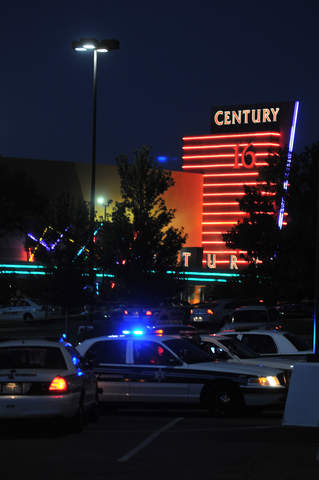 Since the official release of The Dark Knight Rises (the final installment of Christopher Nolan’s Batman trilogy), viewers and critics alike have been asking about the film’s political agenda—casual speculation now rooted in the very tragic and real culture (I will not say “incident”) of gun violence that killed twelve people and injured dozens more in an Aurora, Colorado, movie theater premiering the film.
Since the official release of The Dark Knight Rises (the final installment of Christopher Nolan’s Batman trilogy), viewers and critics alike have been asking about the film’s political agenda—casual speculation now rooted in the very tragic and real culture (I will not say “incident”) of gun violence that killed twelve people and injured dozens more in an Aurora, Colorado, movie theater premiering the film.
As I sat in a crowded theater on Saturday, not more than 48 hours since the film’s opening and the Colorado shooting, I felt a bundle of conflicting emotions: excitement for a long-anticipated movie; a desire to be entertained and thrilled; grief and anxiety, knowing that we were as vulnerable as those sitting in the Aurora theater; hope that this film would do more than entertain but challenge me intellectually, even offering some internal critique of the senseless violence with which it was now forever paired. Questions tumbled around in my head: was there a political message to this film, and would I like it, or would it mar this trilogy I have come to respect and love?
Not all of the questions were mine. I had seen Facebook friends post about the glamorization of violence in today’s films. I had read Catherine Shoard of The Guardian critique our hero as a “capitalist caped crusader” who vilifies and combats the massed poor. I had heard Rush Limbaugh’s rant about the American populace being duped by the homophones “Bane” (the film’s villain) and “Bain” (Mitt Romney’s company Bain Capital).
___________________________________________
What I discovered was a film that confronted the cracks and fissures of our society through which violence intrudes and breaks down our democracy.
___________________________________________
When I finally watched The Dark Knight Rises, what I discovered was a film that confronted the cracks and fissures of our society through which violence intrudes and breaks down our democracy. It was, without question, a political film—but not the kind people have made it out to be.
In a Rolling Stone interview, director Christopher Nolan denies any political agenda for the film. Of course, Nolan doesn’t want to see any diminishments in his box office profits. But more importantly, he is speaking of a politics narrowly defined in this country as Democrat-Republican partisanship. Politics (deriving from the Greek words politicos, “of, for, or relating to citizens”, and polis, the “city-state”), however, encompasses anything that takes place in the public sphere (from our consumer decisions to the blogs we write to the films we create). So when Nolan says that the film is not about “liberal” or “conservative,” but about exposing “the cracks of society, the conflicts that somebody would try to wedge open,” Nolan is expressing a political intent behind the film.
One of those cracks was exposed Thursday night when a young man opened fire in a crowded theater. The fact that the shooter defies false stereotypes (a white, honors student and Ph.D. candidate) reveals another crack. The gun laws that made it possible for him to acquire 6,000 rounds of ammunition in two month’s time: another crack. And yet another crack when we learn that among the dead is Jessica Ghawi, a survivor of a mass shooting in a Toronto mall only a month ago.
These ruptures fill the Gotham landscape: the murder of Bruce’s parents that creates the Batman; a 16 year old orphan found dead in the sewers because the orphanage could not afford to care for him anymore; Wall Street-types rendering “invisible” the man who shines their shoes or washes their floors; a child born into a prison; the assumption that Bruce Wayne, because of his wealth, is just another suit living off the labor of others.
___________________________________________
These cracks can fill the pits of our stomachs with so much rancor and terror that we lash out because we don’t know what else to do. These cracks are particularly terrifying when they
rupture in the banal places we considered safe: a movie theater in Colorado; a football stadium in Gotham; a school in Columbine; the Twin Towers in New York City.
___________________________________________
These cracks are points at which our relational ties (so essential to a functioning democracy) begin to stretch and tear. They could serve, as Parker Palmer says, as sincere moments of grief in which we realize our need for one another and choose to become better people.[i] But these cracks can also quickly divide us into camps of “us” vs. “them,” the poor 99% vs. the rich 1%, the shining heroes vs. the grim villains. To acknowledge these cracks, to point out the inequities and injustices, is not the danger. The danger is that we will forget that the people on the “other side” are also human.
When that happens, we see a Gotham torn apart by fear, organized poverty and excess, draconian law, mass incarceration, crime, torture, violent revolution, and terrorism. It is a world not so different from our own.
But while exposing these wedges, this comic book movie about good and evil simultaneously blurs the dichotomies, complicates our assumptions. Walt Whitman once said, “I contain multitudes,”[ii] and no less might be said for the characters of Gotham. The Batman who refuses to execute a criminal, lest he become the very monster he has beheld, is the same Batman who tortures and sets up a system of illegal surveillance. Bruce Wayne holds within himself the billionaire, the orphan, the playboy, the grieving recluse, and the violent Batman who refuses to kill (“no guns”). Miranda Tate is the wealthy businesswoman laboring for a sustainable future, born into a prison, just as she is Talia al Ghul working to bring about the deaths of millions. The hulking mass of evil that is Bane is also the man who saved a little child. Both he and Batman are orphans of the League of Shadows, and tears are seen in the film on both men’s cheeks. The woman who betrays Batman—Selina Kyle—is also the one who saves him. The noble Police Commissioner Gordon, one of the few to resist corruption during the reign of the Falcone crime syndicate, is also the man whose lies set up the Dent Act and rampant incarceration.
The cracks can hide from our vision these complexities (including the social causes that led to the cracks in the first place). They can fill the pits of our stomachs with so much rancor and terror that we lash out because we don’t know what else to do. These cracks are particularly terrifying when they rupture in the banal places we considered safe: a movie theater in Colorado; a football stadium in Gotham; a school in Columbine; the Twin Towers in New York City.
___________________________________________
These cracks, however, could also serve as sincere moments of grief in which
we realize our need for one another and choose to become better people…
We get to choose what we make of our broken hearts.
___________________________________________
But the vulnerability and fragility we suddenly feel do not have to lead to an identity politics pitting us against some contrived “other.”[iii] In The Dark Knight, two shiploads of people are told that they can either all die or they can press a button that will set off an explosion on the other ship: a perfect “us vs. them” scenario. But both ships choose not to press that button, with the ship carrying the incarcerated, the villains, interestingly making that choice first.
In The Dark Knight Rises, the people seem to succumb (with deliberate echoes of the French Revolution and post-9/11 America). But ironically, the film turns out to be, not about the lone savior Batman, but about the people and commonplace heroes. In what The Telegraph calls a “superhero movie without a superhero”, Batman is notably absent from many scenes.[iv] When he is most alone (Alfred has left him, Catwoman has betrayed him, and a cage literally separates him from the world), Batman is broken, his vertebrae cracked over the knees of Bane. Batman is able to save the day only with the help of others: they need him, no doubt about that, but he needs them just as much. In the last words he speaks in the film, Batman says that anyone can be a hero, even just by wrapping a coat around a scared and lonely child. Bane may appeal to the “common people,” but it is the common beat-cop and orphan, played by Joseph Gordon-Levitt, who shines as a hero in the movie.
To escape his prison, Bruce Wayne is told that he must recapture that which he spent the last two films working to overcome: fear. He must feel vulnerable again. He must feel like he has something to lose, and something worth living for. To make the jump, he has to climb without a rope and harness; he has to take that leap knowing that he could fall and die.
Sometimes our fear, our vulnerability, our cracks and fissures, lead us to violence and the imposition of otherness. But sometimes that same fear, that same vulnerability, those same cracks and fissures, lead us to link arms and mend the rifts in our social fabric. We get to choose what we make of our broken hearts. We can calcify our wounds with hatred like Bane. Or we can let them breathe and bleed into the wounds of others, shared across sinful, aching hands, and see what might be created—it might just happen to be this thing we call democracy.
Read a prayer and litany for victims of gun violence
Engage the 2010 PC(USA) report, “Gun Violence, Gospel Values: Mobilizing in Response to God’s Call“
Download the Gun Violence Prevention Congregational Toolkit
Watch Trigger: The Ripple Effect of Gun Violence (due to air on November 11, 2012)
Notes
[i] See Parker J. Palmer, Healing the Heart of Democracy: The Courage to Create a Politics Worthy of the Human Spirit, San Francisco: Jossey-Bass, 2011.
[ii] Walt Whitman, “Song of Myself,” 1855-1882.
[iii] I am particularly grateful to the Rev. Dr Margaret Aymer’s PC(USA) 220th General Assembly sermon, which spoke beautifully and prophetically on this subject of identity politics.
[iv] I thank Jenna Wissink for this astute observation, and for her help in processing my reactions to the film.
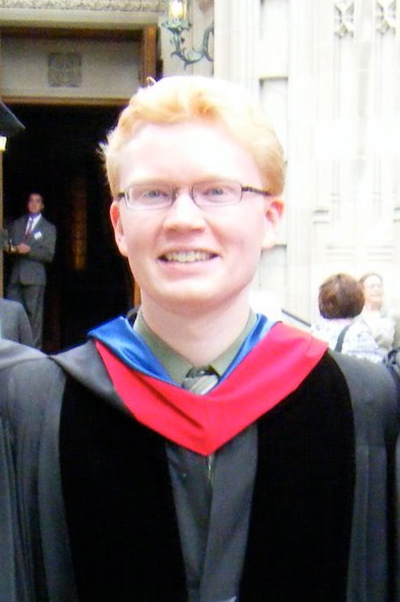 The Rev. Patrick David Heery is the Managing Editor of Unbound and an ordained Teaching Elder (formerly Minister of Word and Sacrament) in the Presbyterian Church (U.S.A.). He is a staffperson for the Advisory Committee on Social Witness Policy. He earned his Master of Divinity from Princeton Theological Seminary (2011) and a Bachelor of Arts in both English and Classics from Ohio University (2008).
The Rev. Patrick David Heery is the Managing Editor of Unbound and an ordained Teaching Elder (formerly Minister of Word and Sacrament) in the Presbyterian Church (U.S.A.). He is a staffperson for the Advisory Committee on Social Witness Policy. He earned his Master of Divinity from Princeton Theological Seminary (2011) and a Bachelor of Arts in both English and Classics from Ohio University (2008).

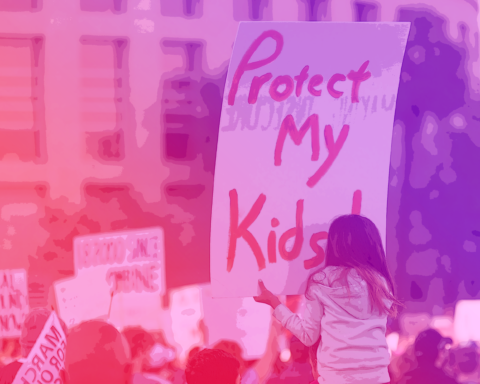
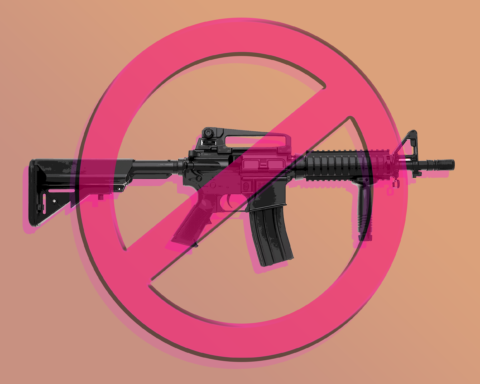
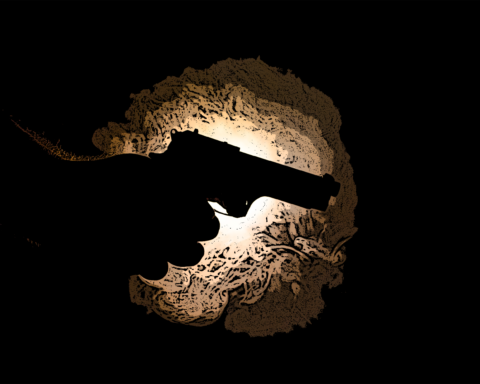
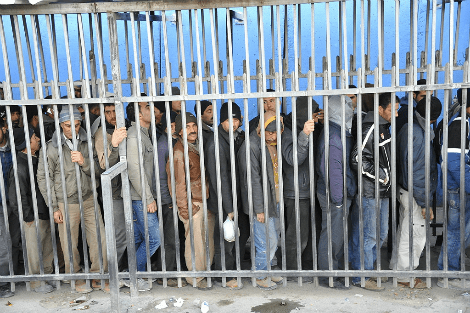
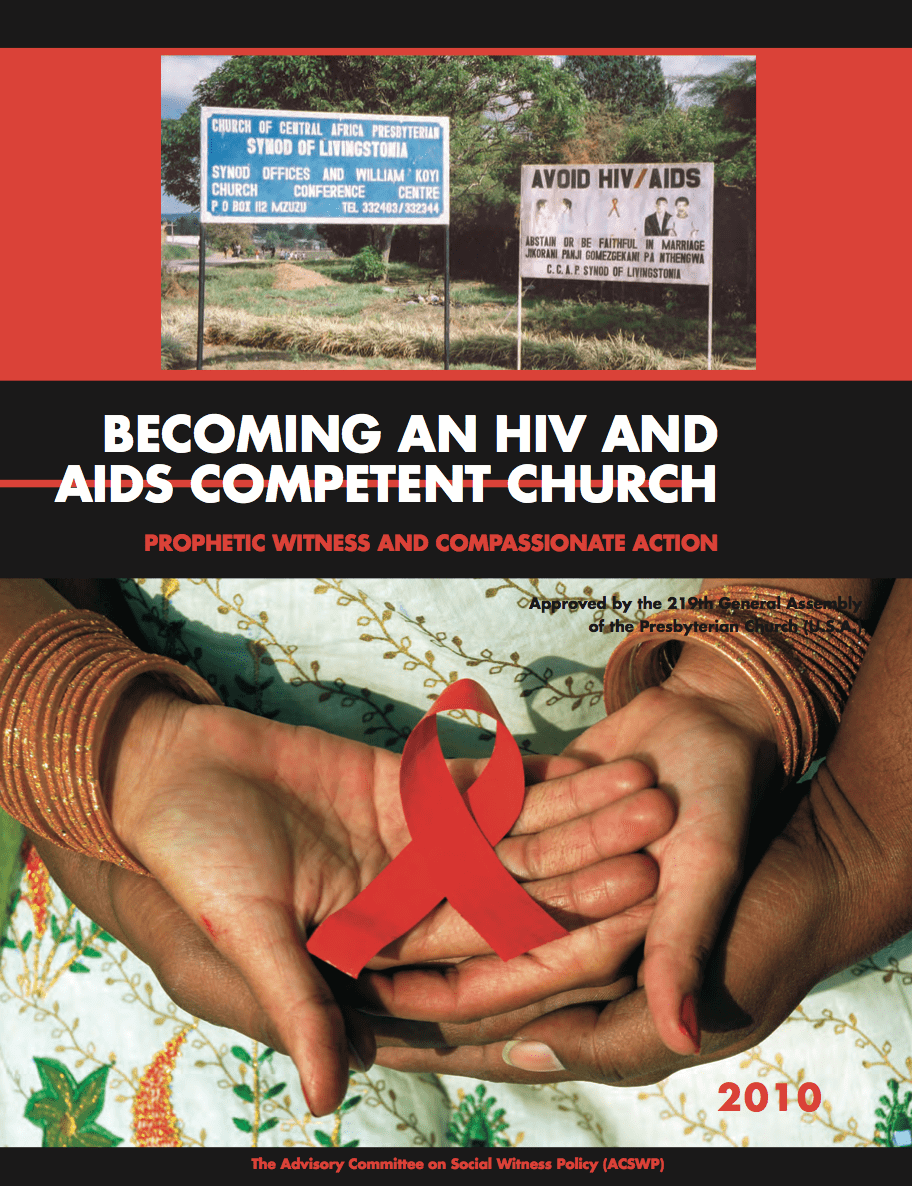
Unbound Social